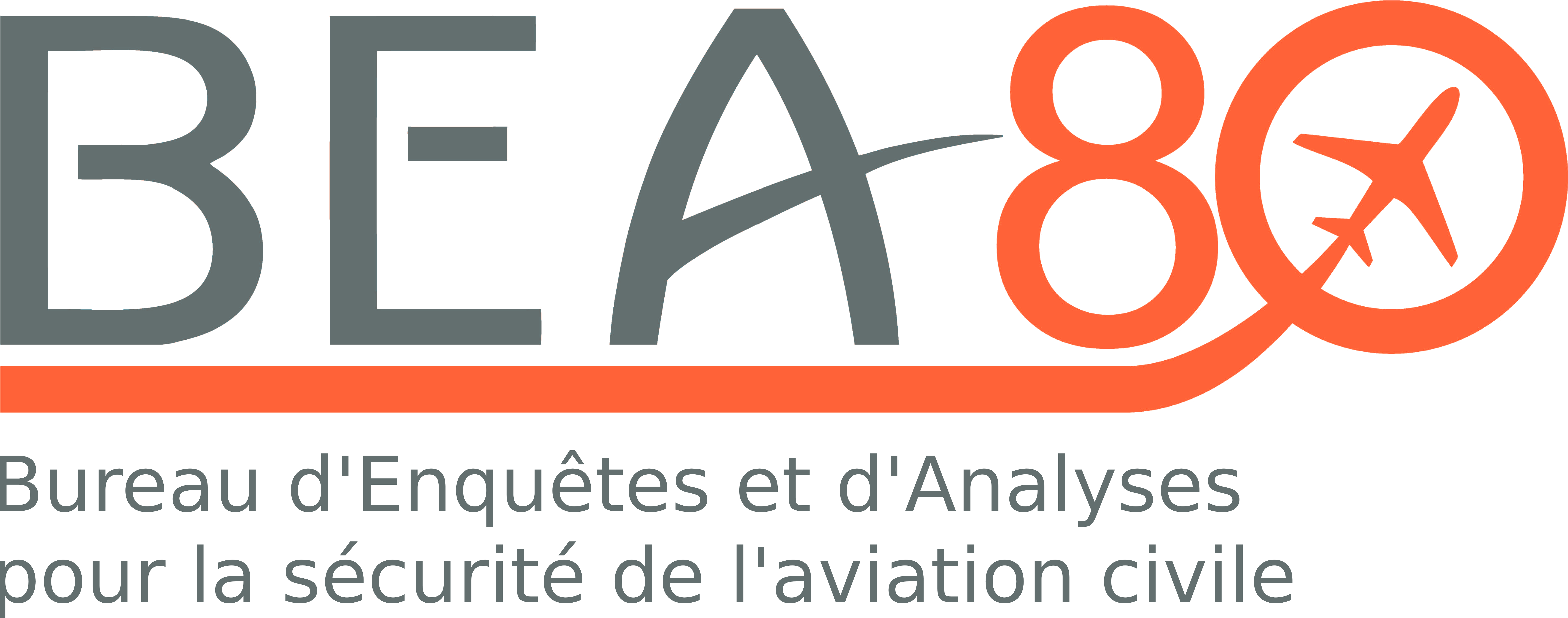Accident to the Socata TBM 700 registered N900FZ on 10/06/2023 at Toussus-le-Noble
Reduction in visual references on final approach, runway veer-off during landing, light strike
This is a courtesy translation by the BEA of the Final Report on the Safety Investigation. As accurate as the translation may be, the original text in French is the work of reference.
Note: the following information is principally based on statements from the pilot being checked and the examiner. This information has not been independently validated by the BEA.
1. History of the flight
The purpose of the flight from Mans (Sarthe) was the revalidation of the IR rating of the pilot in the left seat by the examiner in the right seat. During the flight, the pilot obtained the Toussus-le-Noble ATIS which indicated in particular, visibility of 6 km, wind from 130° of 8 kt, a QNH of 1011 hPa and cumulonimbus (Cb) present in the vicinity; runway 07L was in service with the VOR procedure in force.
The pilot prepared a RNP approach down to LPV[1] minima for 07L, this approach having vertical guidance unlike the VOR.
During the approach, the pilot and the examiner observed a Cb on the axis of the runway beyond the aerodrome and another Cb on the RH side, south of the facilities. After passing the FAF, the controller announced a change in the QFU and proposed visual manoeuvring (circling) for runway 25. As the start of this manoeuvre was in the RH direction, where the Cb was situated, the pilot refused. He determined with the examiner that on continuing the approach to runway 07, they would be subject to a 6 kt tailwind component. This component was considered acceptable.
The approach was stabilised; the pilot was cleared to land at 3.7 NM from the threshold.
At around 500 ft AAL, a shower started. At around 200 ft AAL, i.e. below the LPV minima of the procedure (250 ft), the precipitation became heavier. He envisaged flying a missed approach but the examiner suggested continuing the approach, asking the pilot if he could use his peripheral vision. After a short hesitation, the pilot called out that he was transferring the controls to the examiner who replied that he had them.
However, the pilot continued to hold the stick after calling out the transfer while the examiner tried to control the flight path by making light, small-amplitude inputs.
A very short time after the transfer of the controls, the aeroplane touched down on the LH side of the runway axis. During the landing run, it hit a light at the edge of the runway, damaging the left main landing gear and flap. Due to the strength of the precipitation, the pilot and examiner did not realise that they had momentarily left the runway and struck the light.
2. Additional information
2.1. Pilot information
The pilot held a PPL pilot licence with instrument and TBM ratings. He had logged 1,200 flight hours of which 1,000 h on type including 30 h in the 90 days preceding the accident.
He specified that he knew the examiner well having already called on him for check flights of this type.
He explained that he had been surprised by the suddenness and strength of the shower, and that there had been no forewarning from the controller. The transfer of the controls between the decision to continue the approach, at the examiner's suggestion, and contact with the runway probably lacked fluidity because of the reflection time and possible dual control. This possibly affected the effectiveness of the examiner's corrections to the flight path, with the latter in any case having little time.
In his view, given the very nature of this type of flight (proficiency check during single-pilot operation), an examiner necessarily takes a “back seat” in the management of the flight. In the light of this accident, he thought a briefing mentioning the criteria and conditions for transferring control from the pilot being examined to the examiner might be relevant.
2.2. Examiner information
The examiner held an aeroplane Commercial Pilot Licence (CPL(A)) together with several ratings including the Single and Multi-Engine Instrument Ratings (IR-SE and IR-ME), the aeroplane Flight Instructor Rating (FI(A)) and various type ratings including the TBM rating. He had logged 16,000 flight hours of which 4,500 h on type, including 100 h in the 90 days preceding the accident.
The examiner questioned how the weather conditions observed by the air traffic controllers were taken into account, and how weather information was made available to them. In his opinion, the proposal of visual manoeuvring (circling) during the approach would have brought the aeroplane into clearly adverse conditions, and in any event into unsuitable conditions for a visual manoeuvre.
He also explained that if they had been aware of the strength of this precipitation slightly earlier, they could have aborted the approach in more favourable conditions, even if it meant requesting a non-standard flight path to the north, to avoid the Cb observed on the axis. He also noted that the QNH on landing was 2 hPa below the last value transmitted, which could have had an influence on their perception of altitude, particularly when passing the minima.
